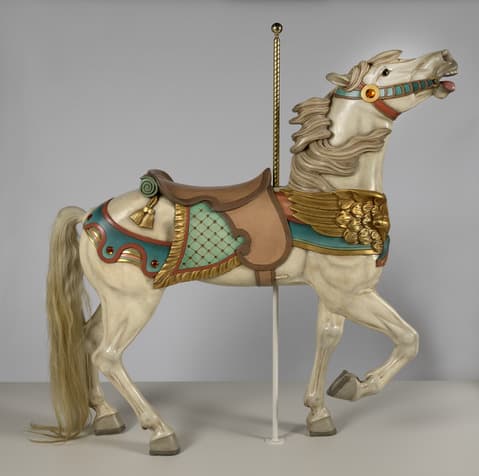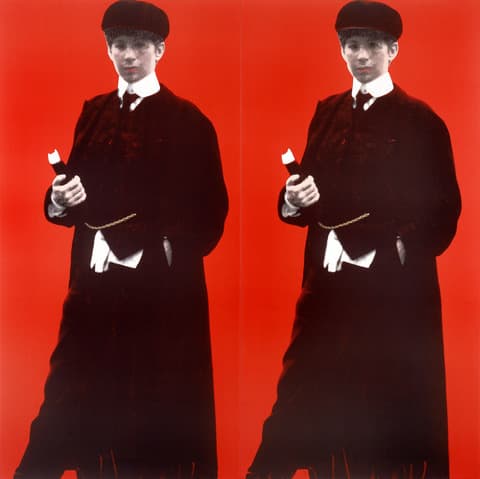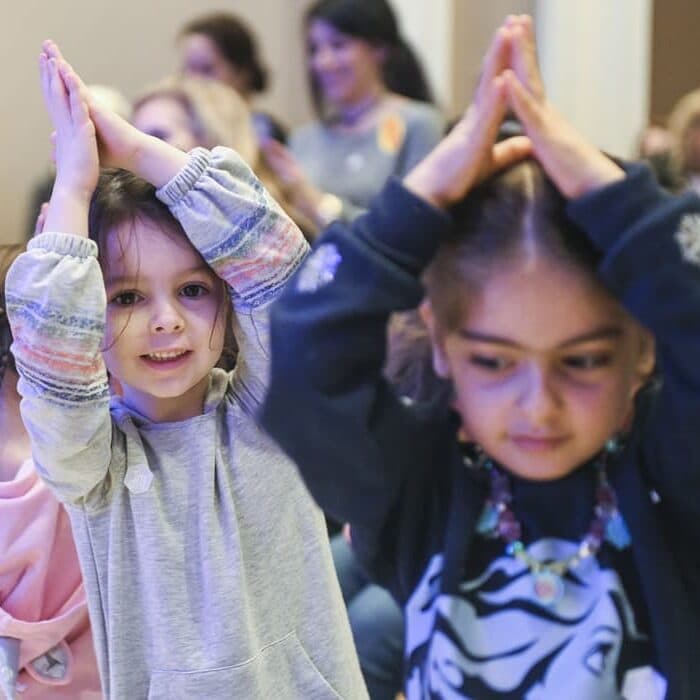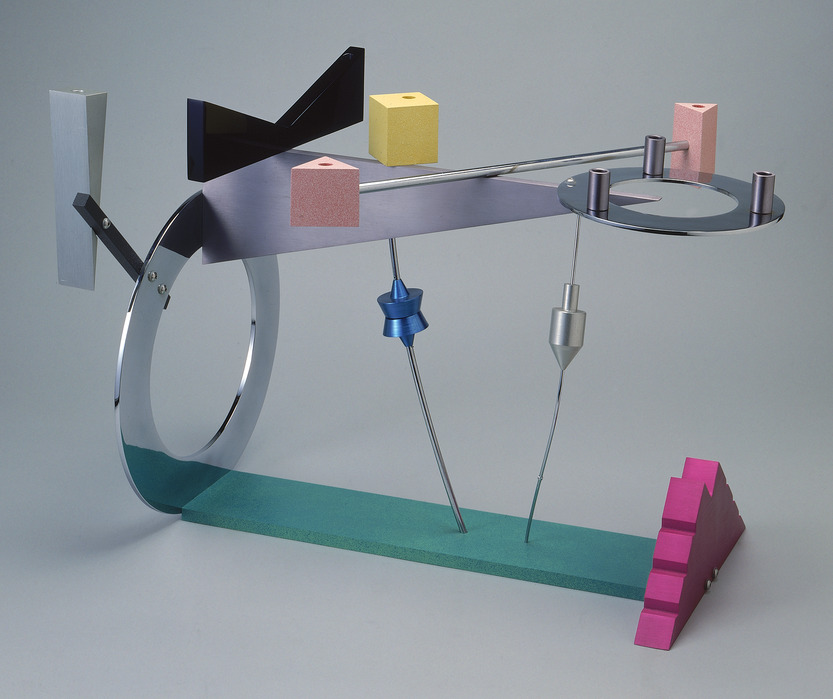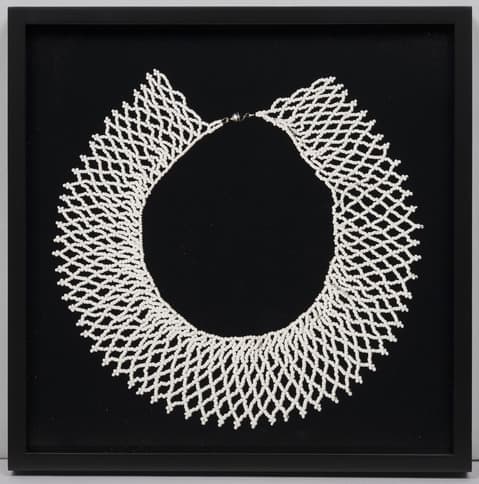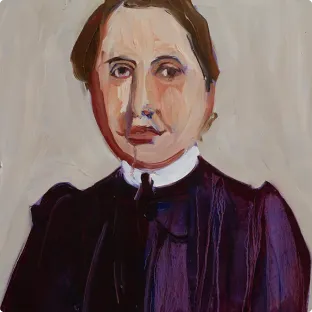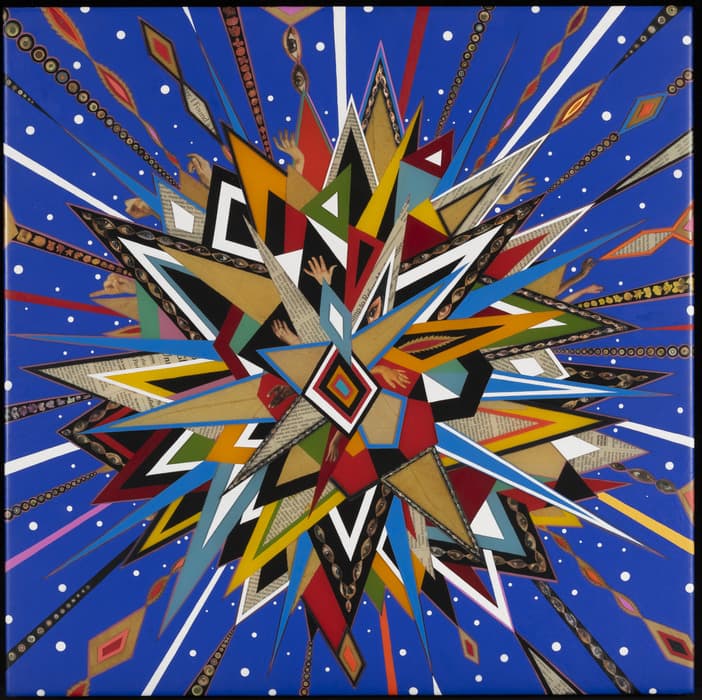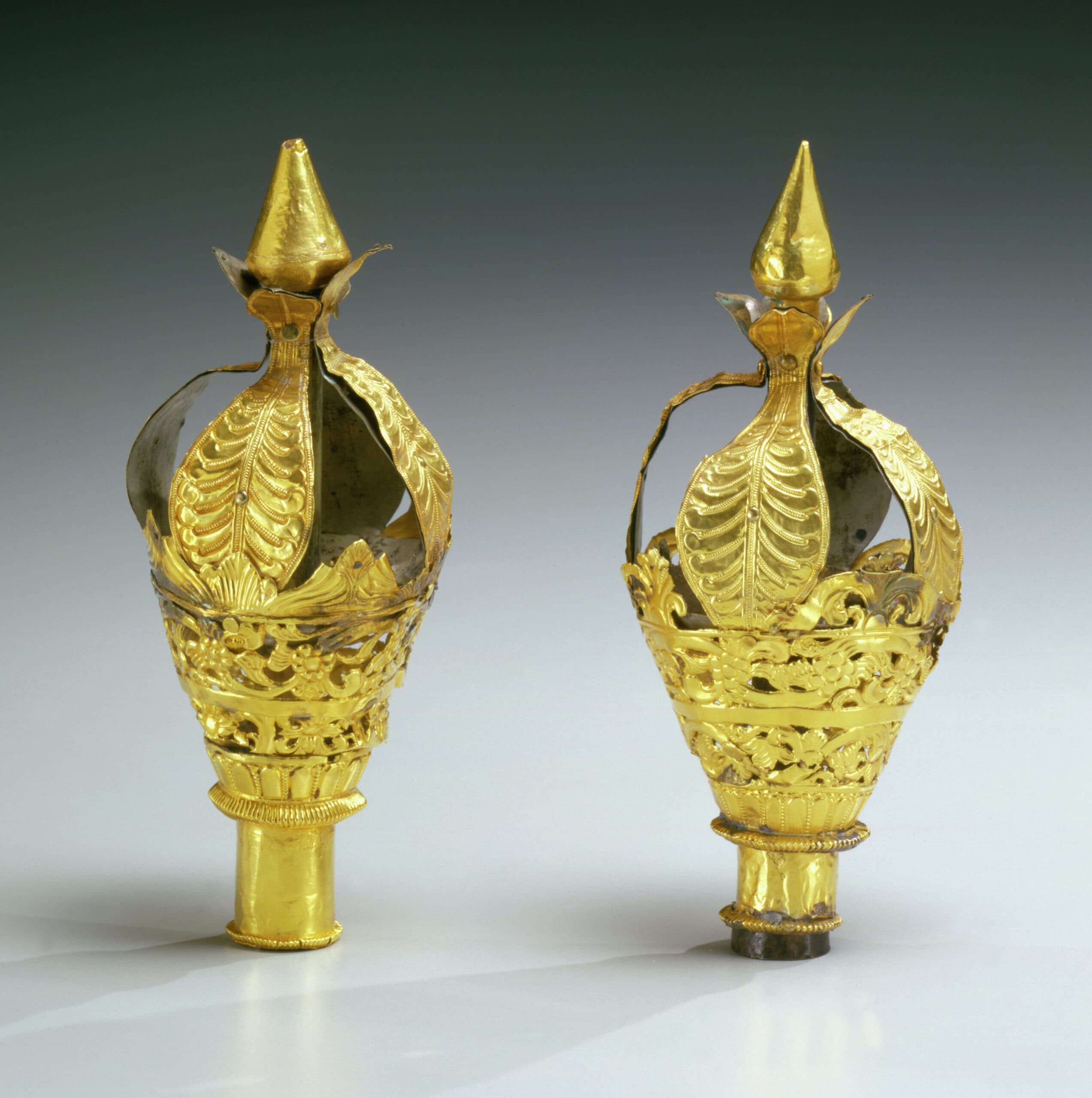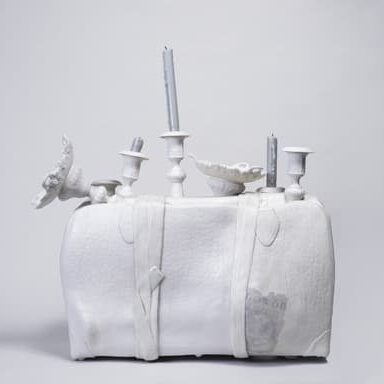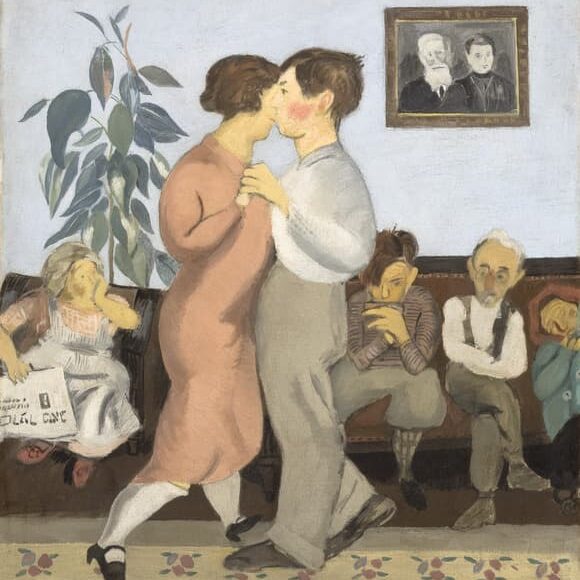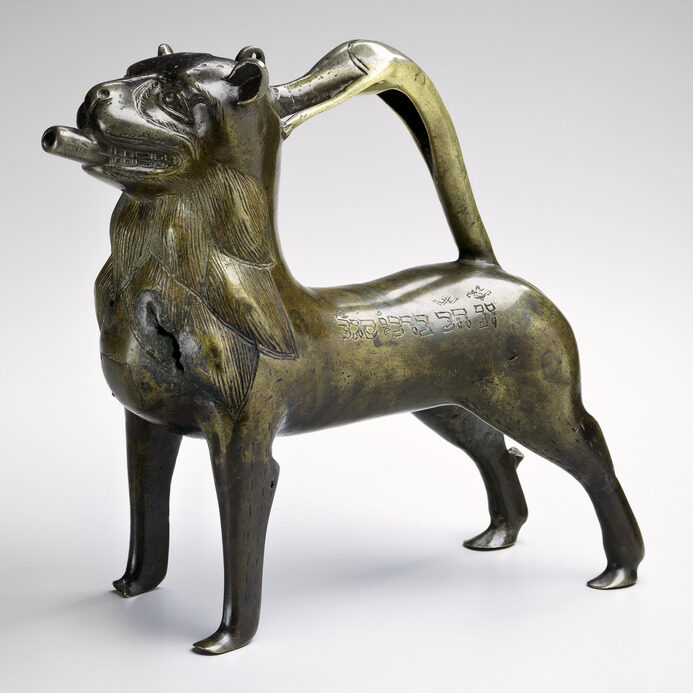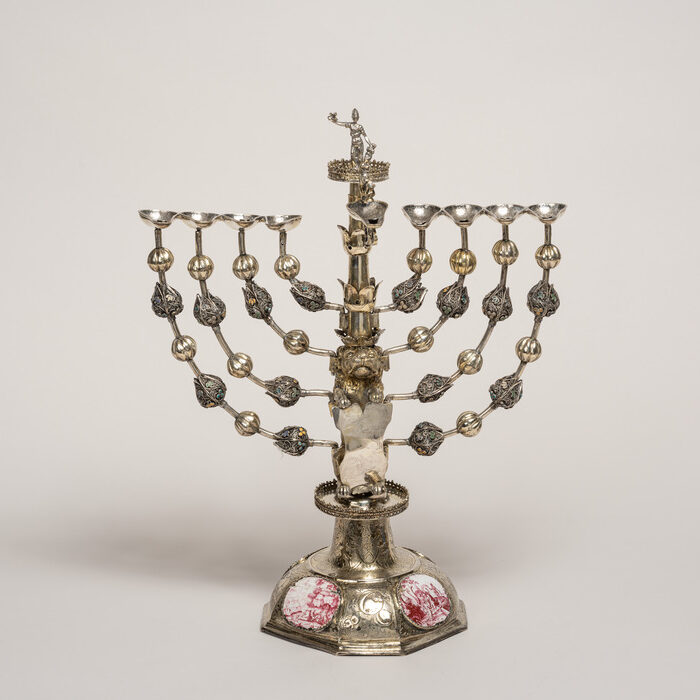Exhibition Features Selection of Television Clips that Highlight the Roles Food Plays within Jewish culture

Let’s Eat: Jews and Food on Television
November 13, 2020-June 14, 2021
New York, NY, November 13, 2020—Foods such as bagels, gefilte fish, babka, and matzo balls can be a potent symbol of Jewishness, frequently used to signify Jewish identity on television. The exhibition Let’s Eat: Jews and Food on Television illustrates this idea, bringing together excerpts from television and streaming programs from 1979 to 2018, including Seinfeld, The Simpsons, The Marvelous Mrs. Maisel, Curb Your Enthusiasm, and Sex and the City, among others. Shown as part of Scenes from the Collection on the third floor of the Jewish Museum, Let’s Eat: Jews and Food on Television will be on view November 13, 2020 through June 14, 2021.
Food represents a powerful way in which cultural or religious identity can be expressed. It is also a focal point for many family gatherings, and part of significant rituals, such as Passover’s unleavened bread (matzo) and red wine. From laws about keeping kosher to popular foods like brisket, bagels and lox, food is an important way that Jewish traditions are passed down through generations and how Jewish culture can be shared with people across all religions and backgrounds.
One of the scenes featured in the exhibition is from a classic episode of Seinfeld. Jerry and Elaine try to buy a chocolate babka to bring to a dinner party. When they arrive at the bakery, they forget to take a number to be served, so a customer ahead of them gets the last chocolate babka. The proposed substitution of a cinnamon babka leads to a discussion of whether the quintessential Eastern and Central European Jewish baked treat is equally good in cinnamon as chocolate. At the heart of the argument is the question of whether the alternative babka is as authentic as the classic chocolate.
In a flashback scene in the pilot of The Marvelous Mrs. Maisel, Midge, in a tongue-in-cheek effort to shock guests at her wedding, reveals (perhaps jokingly) that the egg rolls being served contain shrimp, which is not kosher. While many of the mostly Jewish guests are horrified, Midge’s father, Abe Weissman, supports his daughter, looking for a shrimp loophole in the Jewish biblical prohibition against shellfish.
Television has been shaping and reflecting our perceptions since its rise as a mass medium in the 1930s. In 1981 the Jewish Museum established the National Jewish Archive of Broadcasting, a collection of television and radio materials related to the representation of Jewish experiences. At that time, it was a bold statement to align television with other art forms in a museum. The Archive is a record of how Jews have been portrayed and have portrayed themselves on television in the United States over the decades. Inspired by the Archive, Television and Beyond, one of the scenes that makes up the Jewish Museum’s collection exhibition Scenes from the Collection, draws on programs from several decades to explore these issues.
Let’s Eat: Jews and Food on Television is organized by Aviva Weintraub, Director, New York Jewish Film Festival, The Jewish Museum.
Television and Beyond is made possible by the Blanche and Irving Laurie Foundation.
Scenes from the Collection is made possible with leadership support from Amy and Jeffrey Silverman and the Eugene and Emily Grant Family Foundation, and through gifts from Audrey and Zygi Wilf, Jane and Mark Wilf, Debra Fine and Martin Schneider, Tracey and Robert Pruzan, Monica and Andrew Weinberg, gifts in honor of Regina Gruss, Jonathan and Darcie Crystal, Neubauer Family Foundation, Dr. William Pordy, Rhoda, Nolan and Harriet Rothkopf, the Knapp Family Foundation, the David Berg Foundation, Betty and John Levin, the Malinsky Family Charitable Trust and the Ira Waldbaum Family Foundation, Sara and Axel Schupf, the Stern Family Philanthropic Foundation, UOVO, the Gottesman Fund, and other generous donors.
Press contacts
Daniela Stigh, [email protected]
